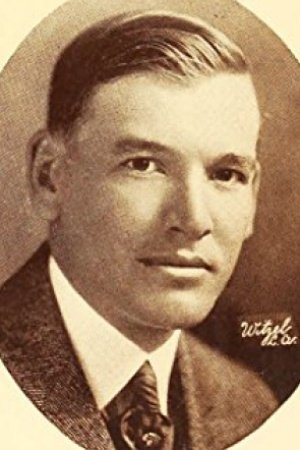
The shattering of that vision was the tragedy. In Sandys' aspiration, Virginia may not have been Utopia, but it would have become a commonwealth where men would grow rich not instead of but because of the ways they looked out for one another. Though no Puritan, Sandys had his own vision of a city on a hill: a land of mutuality between leaders and led, of moral rectitude supplied by the Church of England, and of prosperity borne by an abundance of crops, not just tobacco. The Virginia Company's most important reformer, Edward Sandys, saw in America not only an opportunity for profit but, more importantly, the rough-cut material of a better way for human beings to live. Relations with native neighbors were peaceful, or at least stable, and a new colonial charter made it easier for colonists to acquire private farms and participate in public affairs. By 1619, the colony's elite had reason to presume its darkest days were behind it. His story commences in the middle of 1619 with the remarkable juxtaposition of two events: the establishment of Virginia's first General Assembly and the arrival of its first African slaves. Horn's is a tale of what-could-have-been, and as president of the Jamestown Rediscovery Foundation, which supports research and education about the site, he is well positioned to tell it.


In Jamestown - not in 1607 but about a decade and a half later - a vision of the common good that rose from the horrors of the first years and might have inspired the subsequent United States was eclipsed by another frenzy of violent scheming. Not without reason did one of those governors, John Smith, declare the place "a misery, a ruin, a death, a hell."īut in a new reflection on that storied cauldron, 1619: Jamestown and the Forging of American Democracy, James Horn examines an even larger tragedy. Draconian governors forced them into work gangs, threatened them with banishment if they didn't work hard enough, cut their tongues out if they blasphemed, and hung them for as little as pilfering an ear of corn. Survivors faced a droughty winter two years later in which they were reduced to eating mice, snakes, and reportedly unearthed corpses to stay alive - and when they weren't battling the elements, they tormented each other. Of the 104 English sojourners who landed there in the spring of 1607, scarcely more than three dozen lived to see the end of the year.

Jamestown has long been associated with tragedy.


 0 kommentar(er)
0 kommentar(er)
